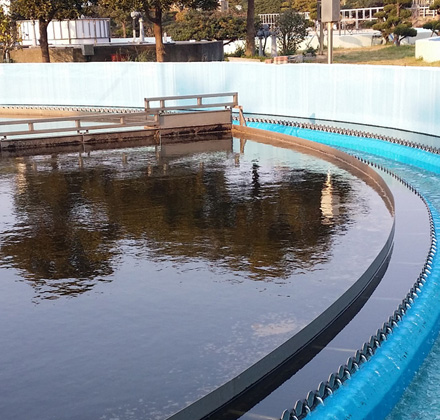Latest News
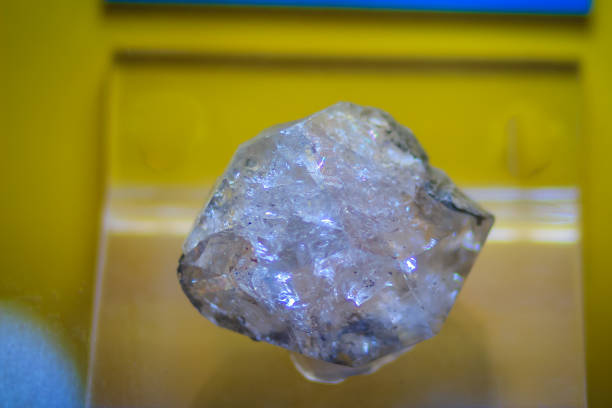 Revolutionizing Water Treatment: Anionic Emulsion Polyacrylamide's Role in Purification
2024-04-26
Revolutionizing Water Treatment: Anionic Emulsion Polyacrylamide's Role in Purification
2024-04-26
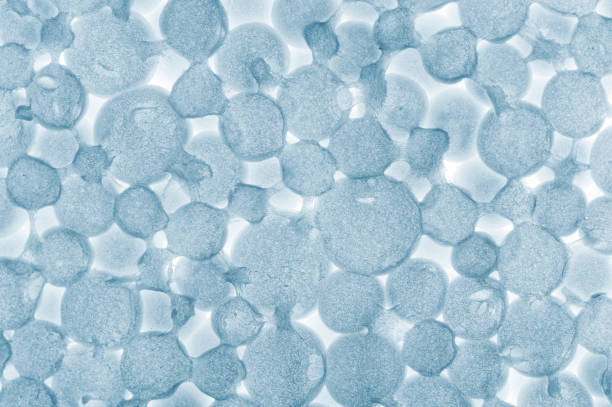 Understanding Anionic Emulsion Polyacrylamide
2024-04-08
Understanding Anionic Emulsion Polyacrylamide
2024-04-08
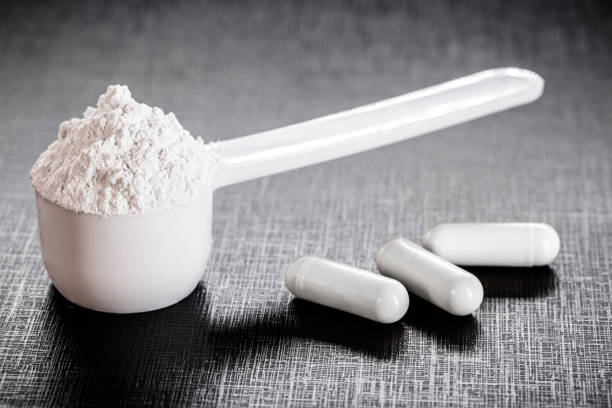 Enhancing Oil Recovery Processes with Powder Anionic Polyacrylamide
2024-03-27
Enhancing Oil Recovery Processes with Powder Anionic Polyacrylamide
2024-03-27
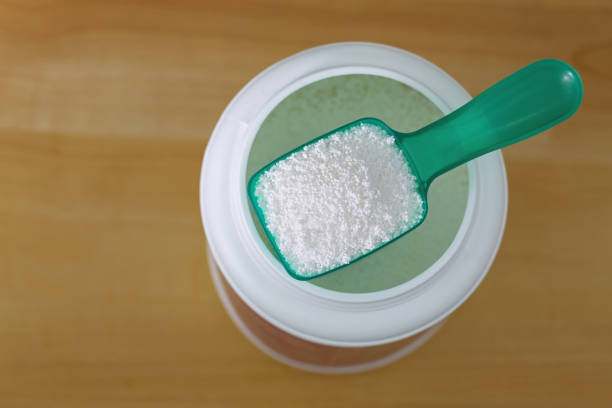 Impact of Powder Anionic Polyacrylamide in Enhancing Papermaking Processes
2024-03-25
Impact of Powder Anionic Polyacrylamide in Enhancing Papermaking Processes
2024-03-25
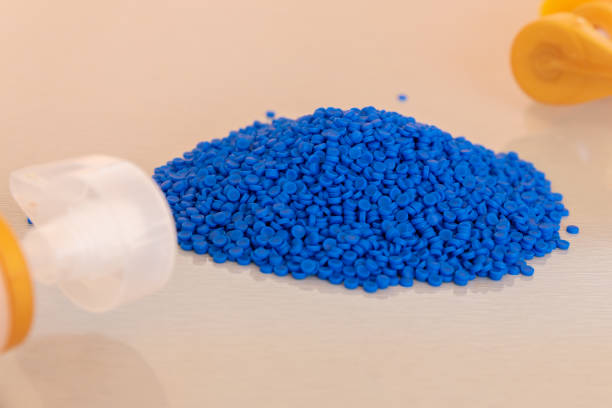 Navigating Environmental Stewardship: The Impact of Polycrylamide Emulsions
2024-03-23
Navigating Environmental Stewardship: The Impact of Polycrylamide Emulsions
2024-03-23
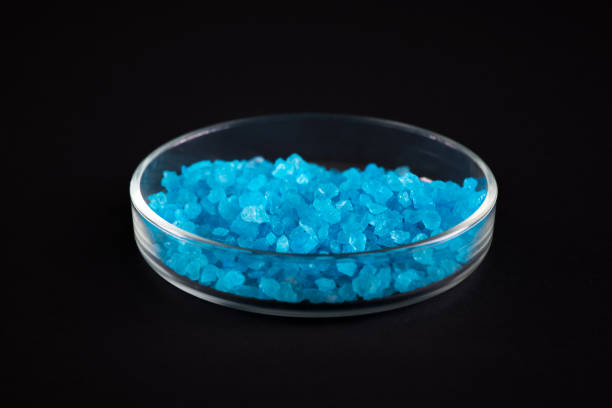 Finding the Perfect Compatibility: Polycrylamide Emulsions and Other Chemicals
2024-03-21
Finding the Perfect Compatibility: Polycrylamide Emulsions and Other Chemicals
2024-03-21
Several factors affect how flocculants work. By increasing the amount of kinetic energy in a solution through stirring or heating, flocculants have a faster impact on the particles. This phenomenon occurs because as kinetic energy is added to solution, particles move faster and therefore clump with the flocculants at a faster rate. The volume of solution and flocculants can also affect flocculation. Chances are, if a large amount of water is being cleaned, a larger amount of flocculants is needed. The most effective dose may also change depending on the flocculants type, which is often dictated by the available charges or size of the flocculants. Additionally, the water's pH can affect the performance of a flocculants. The pH scale (see Figure 7) is used to determine how acidic or basic the water is. Most flocculants work best at neutral conditions (pH 7) while some work independently of the PH.
